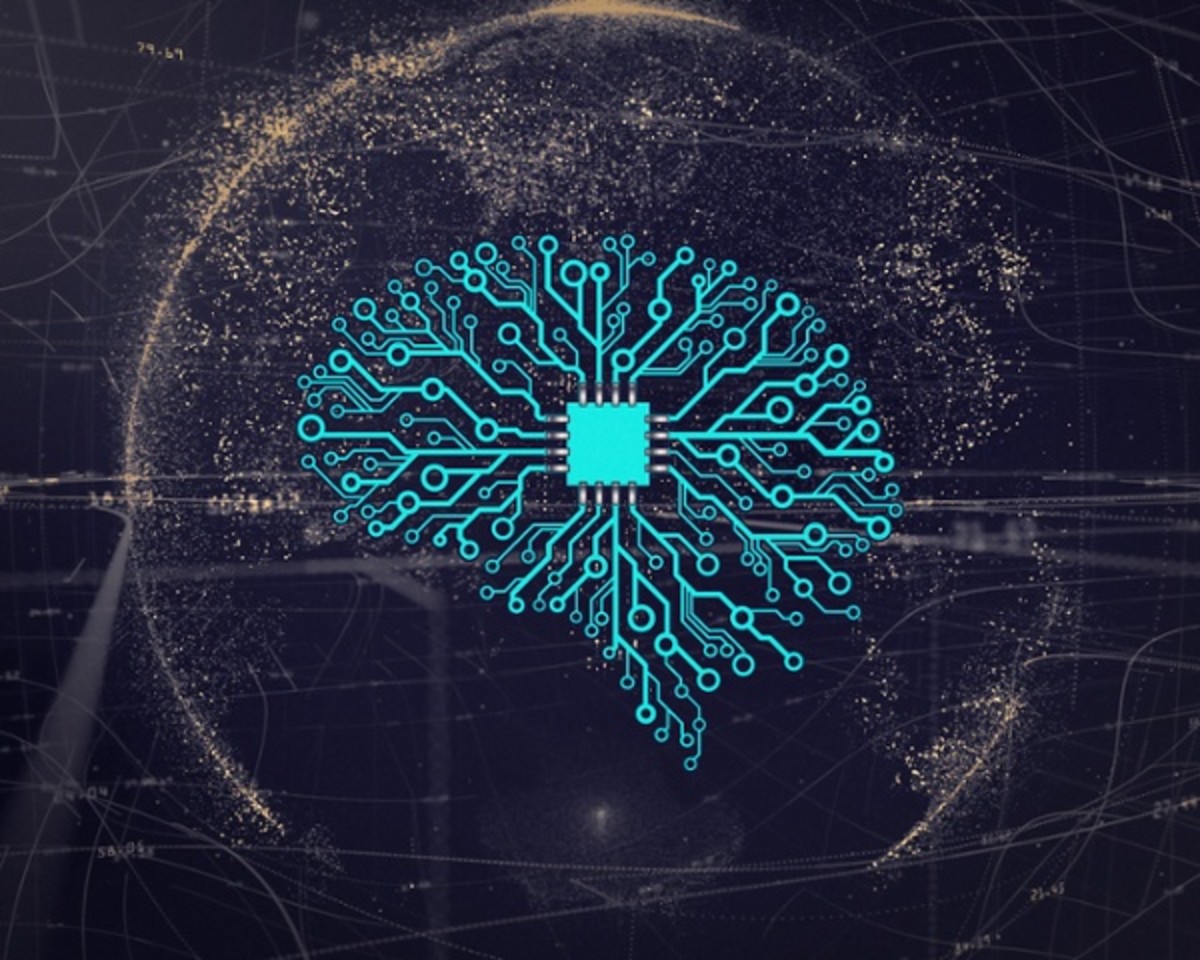To ensure a rapid and continuous delivery of applications, DevOps teams rely on automation. But today's environments are generating a huge amount of data that you need more than just automation tools - you need to have the ability to analyze different data sets and recommend next steps. Welcome to the world of Artificial Intelligence for IT Operations (AIOps).
Current monitoring approaches fall short
A recent Gartner survey of organizations using or planning to use AI found that 56% have an AI solution deployed for decision making. Also, 60% plan to deploy an AI project for decision making within the next 12 months.
Current approaches to analyze large data sets fall short and present two challenges - lost time and lost opportunity.
Lost time
I&O leaders are losing a lot of time during troubleshooting issues. They have to manually correlate different data sets and events across teams and tools to understand what happened. Without Artificial Intelligence it's hard to determine the cause and (business)impact of IT issues.
Lost opportunity
Currently, IT teams set static thresholds to detect issues across their systems. Once a threshold is exceeded, the teams take action. In this way, teams don't learn and get value from the data before a threshold exceeds.
Gain a continuous feedback loop for DevOps with AIOps
Feedback loops from production environments are important to know where you need to improve. Without this feedback, you might change too much too quickly which increases the chance of issues.
In a continuous delivery environment, deployments happen very frequently. This applies not only to the service your team is working on, but also to your dependencies. In an environment that is so dynamic (with cloud and containers), it is important to keep track of all deployments and associated version changes so you can quickly spot version incompatibilities if and when they occur.
Environments that are dynamic can suffer from stability problems, affecting the users of your service, no matter how much you've invested in testing. AIOps solutions can help mitigate this problem. By deploying a canary release to your users and monitoring its health, you get immediate feedback, spot problems early and rollback any changes that degrade performance or availability.
How AI changes your current monitoring strategy
Gartner defines three phases of monitoring - measure, interpret and act. Instead of requiring humans to interpret, Artificial Intelligence interprets the problem and notifies humans only when they need to act. Let's see how AIOps adds value to each monitoring phase.
Measure
AIOps platforms are able to capture and consolidate different data sources like metrics, logs, events and traces. But they are not limited to typical monitoring data. AIOps platforms that have a data-agnostic approach can also consolidate data from Google Analytics, social media, business metrics, CMDBs, CI/CD tools, service registries, automation and incident management tools. This data is then used to recognize patterns, detect anomalies and extrapolate future events.
Interpret
AIOps platform are able to provide more context to operational data. That context is topology. AIOps platforms are able to visualize the entire topology of an IT landscape - from legacy to microservices, from on-prem to cloud and from hardware to business processes. This topology visualization provides great insight on where to focus remediation efforts.
Act
Act is all about initiating an action to resolve a problem. This development is still in its early phase. Some of today's AIOps solution are capable of relating a problem to a known solution. Think of automating the rollback of a deployment or referring to a troubleshooting page on the internet.
StackState is excited to be one of the representative AIOps vendors that helps I&O leaders to make data-driven decisions and automate actions to ensure business agility and stability. You can find the Gartner report here . If you want to learn more about AIOps, here are some resources for you to start with:
1. Gartner Market Guide for AIOps Platform
2. A guided tour of StackState's full-stack observability platform 3. IDC Research: StackState Applies AI Across Four Dimensions
About StackState
StackState’s full-stack observability platform utilizes your current IT investments, by combining and analyzing metrics, logs, events and data beyond typical monitoring data, like Google Analytics, CMDBs, CI/CD tools, service registries, automation and incident management tools. StackState uses the variety of data it collects to learn about dependencies, allowing it to build a topology of dynamic IT landscapes in real time. By ‘rewinding’ the topology visualization in time, StackState instantly assist teams in discovering the root cause of incidents and how the impact of these incidents have propagated across on-premise, cloud and hybrid IT landscapes. Get started with StackState Agent or connect your third-party monitoring tools to StackState that you already have in use. Check out www.stackstate.com or follow us on Twitter.



